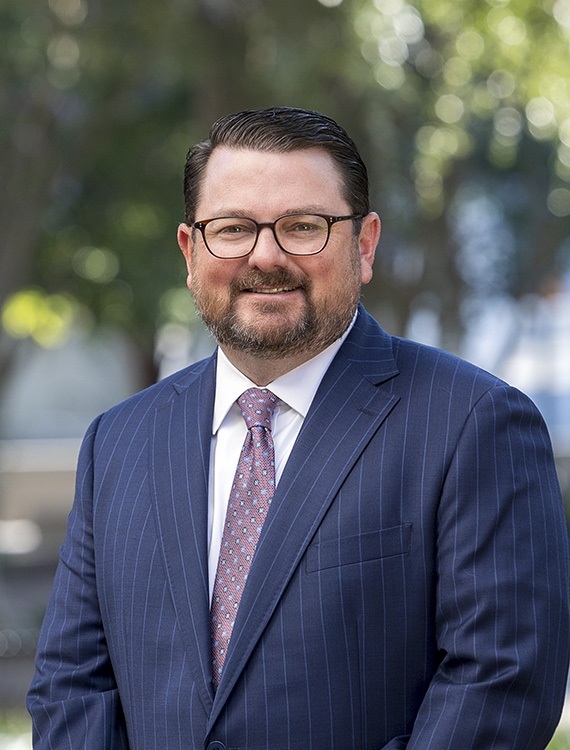Office of Insurance Regulation Releases PML Report

The Florida Office of Insurance Regulation (OIR) has released its Annual Report of Aggregate Net Probable Maximum Losses, Financing Options and Potential Assessments. The report describes the potential impact of 50-year, 100-year and 250-year events on the Florida Hurricane Catastrophe Fund (FHCF) and Citizens Property Insurance Corporation (Citizens).
Events ranging from a 50-year storm to a 250-year storm would have the same impact on the FHCF. The FHCF issues a fixed amount of coverage, and the limits of its reimbursement obligations would be reached in a 50-year event. The magnitude of the FHCF’s exposure therefore does not increase with larger storms. In any of the scenarios, the FHCF would have an assessable shortfall of $12.8 billion. This would equate to a 3.11% assessment on premiums in most lines of property and casualty insurance.
Unlike the FHCF, the magnitude of Citizens’ potential losses increases with more severe hurricanes. A 50-year event is projected to result in an assessable shortfall of $3.5 billion. The 100-year and 250-year events are said to produce assessable shortfalls of $11.2 billion and $25.1 billion, respectively. As a result, the assessments levied on Citizens’ policyholders and policyholders through the state vary. Following a 50-year event, Citizens’ policyholders would see a 15% assessment and the regular assessment to the industry would be approximately 6%. The amount of any emergency assessment would be neglible. However, for 100-year and 250-year events, Citizens’ own policyholders would be assessed up to 45% of premiums. The industry then could expect regular assessments of between 11-18%, and emergency assessments of 1.5-4.4%. The duration of bonds issued to allow Citizens to meet its obligations could be as long as 30 years, resulting in long term assessments on Florida policyholders.












